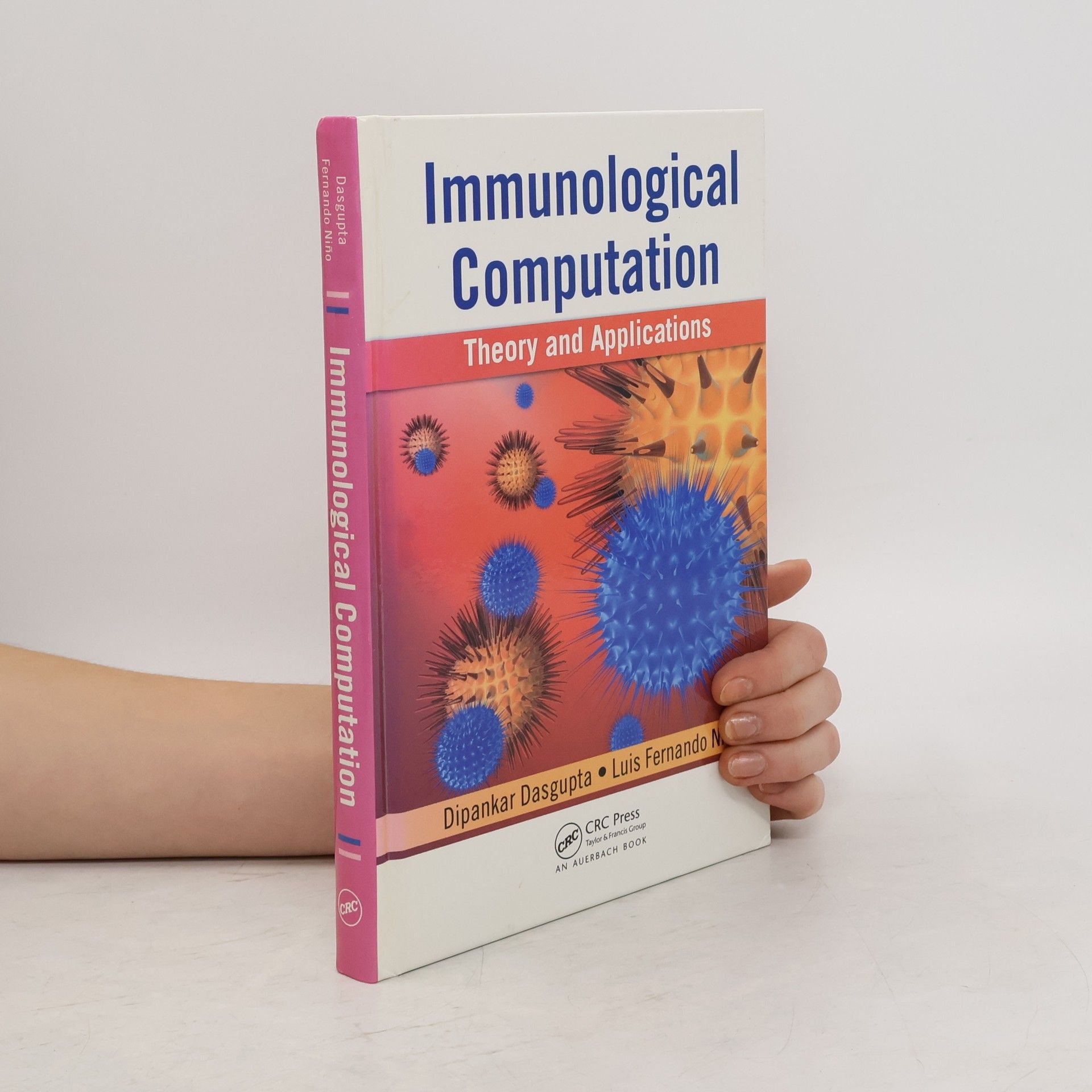Clearly, nature has been very effective in creating organisms that are capable of protecting themselves against a wide variety of pathogens such as bacteria, fungi, and parasites. The powerful information-processing capabilities of the immune system, such as feature extraction, pattern recognition, learning, memory, and its distributive nature provide rich metaphors that researchers are finding very useful for the development of computational models. While some of these models are designed to give us a better understanding of the immune system, other models are being developed to solve complex real-world problems such as anomaly detection, pattern recognition, data analysis (clustering), function optimization, and computer security. Immunological Theory and Applications is devoted to discussing different immunological mechanisms and their relation to information processing and problem solving. This unique volume presents a compendium of up-to-date work related to immunity-based techniques. After presenting the general abstractions of immune elements and processes used in computational models, it then―The text goes further to describe a wide variety of applications, which include computer security, the detection and analysis of anomalies and faults, robotics, and data mining among others. To enhance understanding of this emerging field of study, each chapter includes a summary, review questions, and exercis
Fernando Nino Knihy


Advances in User Authentication
- 374 stránek
- 14 hodin čtení
This book is dedicated to advances in the field of user authentication. The book covers detailed description of the authentication process as well as types of authentication modalities along with their several features (authentication factors). It discusses the use of these modalities in a time-varying operating environment, including factors such as devices, media and surrounding conditions, like light, noise, etc. The book is divided into several parts that cover descriptions of several biometric and non-biometric authentication modalities, single factor and multi-factor authentication systems (mainly, adaptive), negative authentication system, etc. Adaptive strategy ensures the incorporation of the existing environmental conditions on the selection of authentication factors and provides significant diversity in the selection process. The contents of this book will prove useful to practitioners, researchers and students. The book is suited to be used a text in advanced/graduate courses on User Authentication Modalities. It can also be used as a textbook for professional development and certification coursework for practicing engineers and computer scientists.